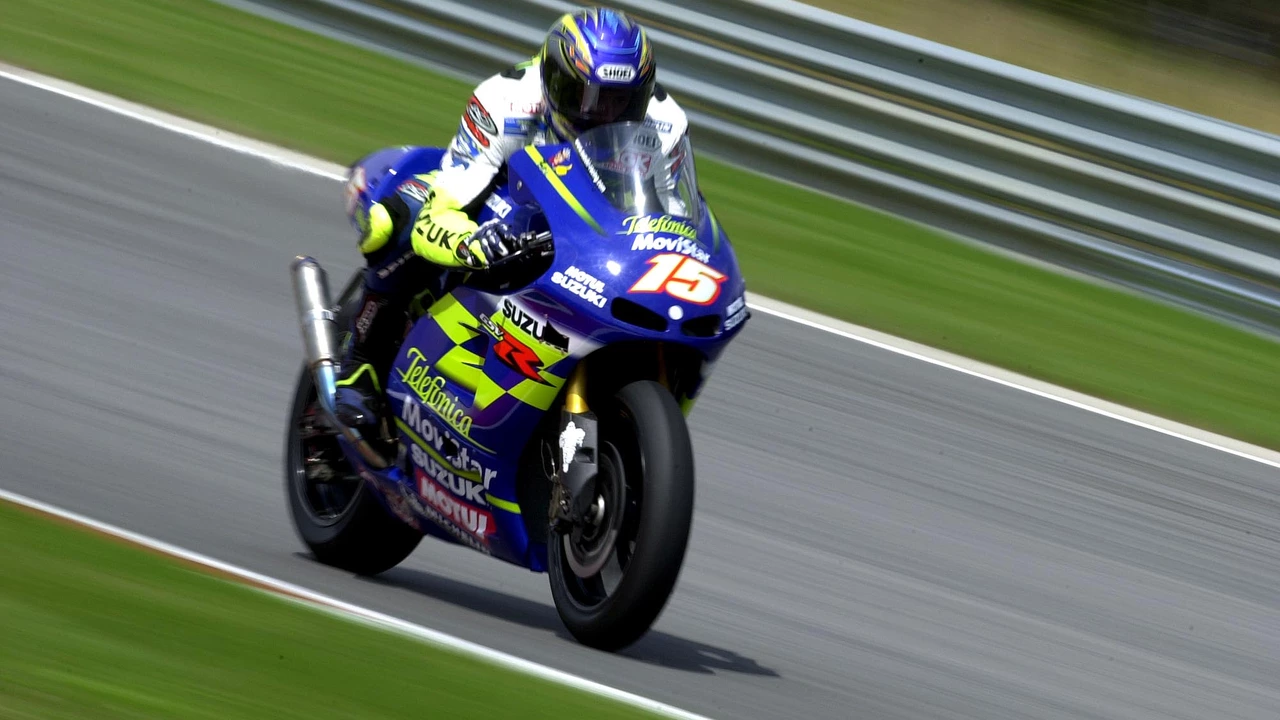Racing Tips: Simple Ways to Go Faster on the Track
If you want to cut a few seconds off your lap, you don’t need a huge budget or a secret formula. Small changes to how you set up the car, how you hit the corners, and how you think on race day can make a big difference. Below are easy‑to‑follow tips that work for most road‑racing and club‑level cars.
Car Setup Basics
First thing to check is tyre pressure. Too high and the tyre won’t grip; too low and it rolls over its sidewalls. Aim for the pressure the tyre maker recommends for your weight, then adjust a couple of kPa up or down based on how the car feels. If the car slides on the exit of a corner, lower the front pressures a bit. If it understeers, try a touch more pressure in the rear.
Suspension height also matters. A wider base, like most racing cars have, gives better stability. Lower the car enough to lower the centre of gravity, but keep enough ground clearance to avoid bottoming out on bumps. A good rule of thumb is to set the ride height so the car sits about an inch lower than the road‑legal version.
Weight distribution can be tuned by moving ballast. Put a small weight (around 5 kg) behind the driver if the car feels nose‑heavy, or in front if it pushes the rear around. Small shifts can improve turn‑in response and help the car settle faster after a brake.
Cornering and Braking
Braking is where most time is lost. Try to brake in a straight line, then turn the wheel once the car slows down. This reduces the load on the front tyres and keeps the car stable. Use the “trail braking” technique – keep a little pressure on the brake as you start to turn – but only if you feel the car staying balanced.
When you hit the apex, aim for a smooth entry rather than a hard‑handed turn. A gentle steering input keeps weight transfer low, so the tyres stay in contact with the track. Clip the apex late if you need a longer exit, but avoid drifting wide because that adds extra distance.
Throttle control on exit is just as important. Apply the gas gradually to avoid wheel spin. If the car has a rear‑wheel drive layout, a quick, progressive increase of throttle helps maintain traction while still giving a good boost.
Remember to look where you want to go, not at the curb or a competitor. Your eyes guide the steering, so keep them pointed down the racing line.
Finally, mental preparation helps you stay consistent. Before the session, take a few deep breaths, picture the perfect lap, and focus on one corner at a time. Treat each lap as a series of small tasks rather than a long run. This keeps nerves in check and makes it easier to repeat good habits.
Implement these tips one at a time, test, and note how the car reacts. Small, measured changes add up, and before you know it you’ll be shaving seconds off every lap without spending a lot of money.
Ever dreamed of being a speed demon on two wheels? Moto racing is your ticket, buddy! Start by finding a local track and getting lessons from experienced riders. Don't forget to kit up with the right gear, safety first, pals! Then, get your hands on a bike, start small and work your way up, remember Rome wasn't built in a day, neither will your moto racing skills. Practice makes perfect and maybe soon, you'll be the Valentino Rossi of your buddies!

